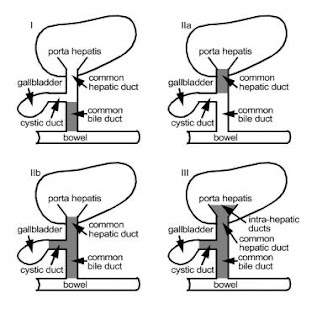KASAI Surgery
The minutes passed by slowly. We kept praying. Please let it be a normal surgery. Please don't let it be Biliary Atresia ( B.A.). I also added, please let my son be safe even if it is BA.
We were in the waiting room while my baby was wheeled into the Operating Theatre (O.T.) Suddenly guilt seized me. Why must I have my son? Why must he have to suffer? If I have known, I will not have my son. Would my husband blame me? For having a son with sickness?
Immediately I shared my thoughts aloud with my husband. I apologise to him for having a sickly child. I knew I should not think that way. Yet illogically and emotionally, I am thinking that.
My husband wrapped his arms around my shoulders as I cried silently. He assured me that it was not my fault that this happened. He would not blame me at all. That we were to face this as a family. His face although showed worry for our son, I could also see tenderness towards me.
From an hour became more than two hours in the OT. Because of the long hours, we suspected the surgeon has proceeded from operative cholangiogram to KASAI.
The surgeon has prepared us that his first surgical procedure ( operative cholangiogram) would be to cut a small incision to check the state of the liver ducts. If it was not damaged, then it would not be considered as BA. He would stitch up the wound. Then Plan B - find out the source of his jaundice.
If the initial surgery revealed the liver ducts were damaged, then the surgery would continue to become a major surgery known as KASAI. That would only average take up to 6 - 7 hours to complete.
If his liver ducts were damaged in accordance to BA chart, then he would cut deeper to remove the gallbladder completely.
KASAI is a surgery that was invented by a Japanese surgeon to help prolong lives of BA babies. It is not a full cure. Its purpose is to slow down the liver deterioration. Hopefully with time, the babies can heal. The liver is an organ which can regenerate.
Patrick was wheeled into the OT around 6.30pm. Finally after midnight, the surgery ended. I was in shock at what I saw - Patrick having tubes of all kinds in him. His hair drenched with sweat. His face looked so fragile.
Both myself and my husband followed the team into the ICU.
We were asked to wait outside while we see our son getting further away from us into the ICU. I could not take it anymore. I was sobbing so loudly, the whole hall could hear me. Usually any emotions rising within me, at the most would be tears forming. No loud anguish cries like now.
Let me be the one to take your place, Patrick. Let me be the one to take your pain and suffering. These thoughts were running in my mind. Like running water sounds that came from a distance at the top of the waterfall.
A parent happened to come by. Glanced towards my sobbing body.
"Don't cry. My daughter is inside too."
With that, he left us.
Slowly, I stopped my tears, and we both waited. It was more than half an hour later before we can see our son.
There were tubes inserted in him. His surgical stitches covered by the blanket.
My son, my baby son.
Mummy is here. Mummy is here.
He could not hear me. He was still in a state of unconsciousness.
After the surgery, Patrick had a personality change. No longer smiling. No longer as cheerful.
It pained me to see him this way.






Comments
Post a Comment